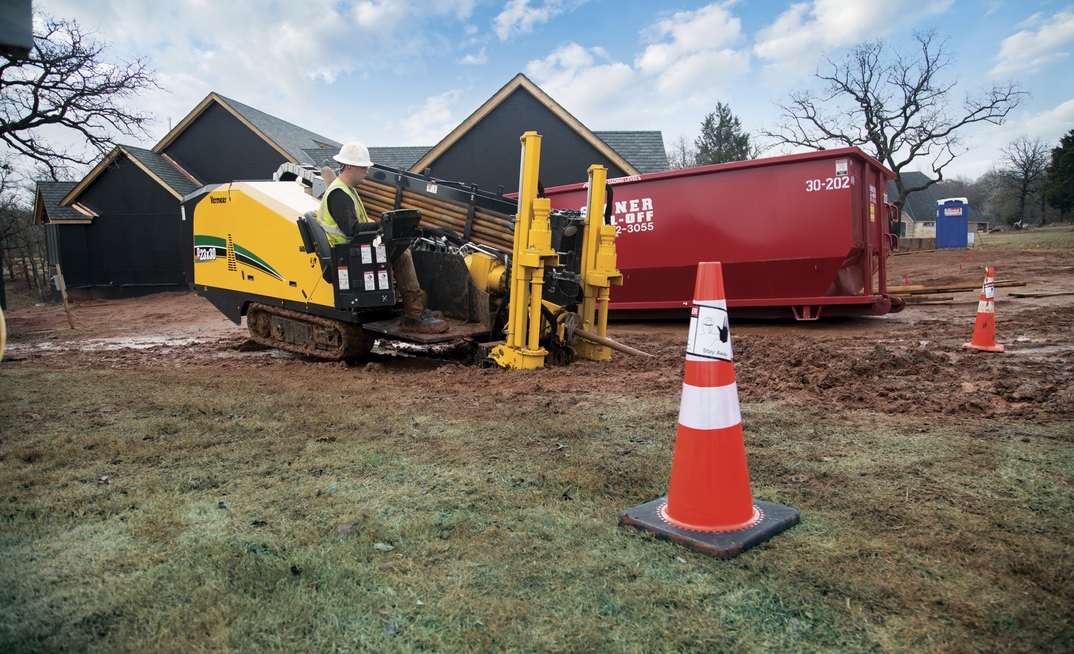
The urban sewer replacement has major difficulties because of already existing infrastructure, highly populated surroundings, and the possibility of disturbance of companies and people. Conventional approaches to excavation can be expensive and time-consuming, causing delays, environmental damage, and disturbance of traffic. For subterranean projects, however, directional drilling has evolved as a preferred technique for quickly and with minimum damage replacing out-of-date sewer lines. This approach helps contractors build new pipelines without significant surface disturbance by adopting a horizontal drilling technique, therefore saving both time and money. Find out more about directional drilling for underground installations.
The Part Directional Drilling Plays in Sewer Replacement
Directional drilling is the use of a specifically designed drill capable of navigating underground and avoiding surface disturbance. This method lets sewer pipes be installed without using big excavation pits. Digging roads, sidewalks, or landscapes is almost completely eliminated by drilling horizontally and following a pre-selected course. This makes it perfect for urban sewage repair projects where reducing surface disturbance is the first concern.

Several aids of utilizing directional drilling for underground installations gave an idea for your pipe connection without causing more problems. The utilization of directional drilling for subsurface systems presents numerous advantages, particularly in the context of metropolitan infrastructure. The main advantages consist of:
- With directional drilling, there is less need for significant excavation, therefore minimizing disturbance to local businesses, traffic flow, and daily activities.
- The speedier approach of the technique lowers the length of building projects by comparison with conventional excavation techniques.
- Less surface damage leads to fewer repairs, which in turn leads to a reduction in the overall cost of a project.
- As a result of the low surface disturbance, environmental problems such as the loss of trees, erosion, and disruption of habitat are reduced substantially.
Modern sewer systems to be installed
In metropolitan settings where current infrastructure may hinder excavation, contractors can precisely and under control replace or install sewer systems using directional drilling. This approach is quite successful in overcoming road, river, and building foundation challenges as well as for both home and business sewer replacements. As technology develops, directional drilling, which guarantees effective and long-lasting installations, is starting to be the norm for urban sewage repair operations. Find out more about directional drilling for below-ground projects.
Choosing this approach would let governments and communities maintain current sewer systems while avoiding the significant expenses and disturbances related to conventional building methods. For projects requiring little disturbance yet still demanding premium, long-lasting results,




